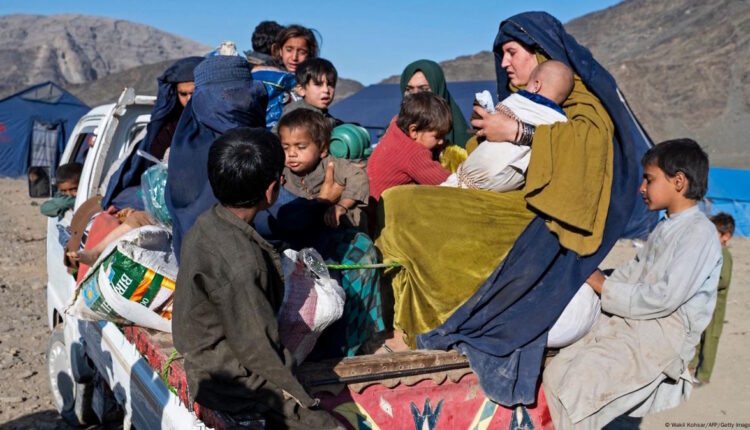KABUL – Afghanistan is witnessing a massive and rapid influx of its citizens, with over 25,000 refugees forcibly returning from neighboring Iran and Pakistan in just a two-day period, according to official Taliban figures.
The situation escalated on Sunday, when a single day saw 12,666 Afghan refugees cross the border. This follows the return of nearly 12,500 individuals the previous day, highlighting a dramatic acceleration in deportations.
Official Figures and Reception Efforts
Hamdullah Fitrat, deputy spokesman for the Islamic Emirate of Afghanistan (IEA), shared the data from the High Commission for Addressing Migrants’ Issues on social media. The report detailed that the 12,666 individuals who returned on Sunday comprised 2,194 families.
The returnees entered through major border crossings in the country’s south and east, including:
-
Islam Qala in Herat (from Iran)
-
Pul-i-Abresham in Nimroz (from Iran)
-
Spin Boldak in Kandahar (from Pakistan)
-
Bahramcha in Helmand (from Pakistan)
-
Torkham in Nangarhar (from Pakistan)
According to Fitrat, the IEA’s reception efforts included transporting 1,609 families (10,553 individuals) to their home provinces. Additionally, 1,966 families received immediate humanitarian assistance, and telecommunication companies distributed 1,665 SIM cards to help returnees reconnect.
A Deepening Humanitarian Crisis
This surge is not an isolated incident but part of a broader, coercive policy by Pakistan and Iran, who host millions of Afghans. Both countries cite economic pressures and security concerns for their crackdowns.
-
In Pakistan, the government has implemented a stringent deadline for all “illegal immigrants” to leave, affecting an estimated 1.7 million Afghans. Despite international appeals, authorities have continued with arrests and deportations.
-
In Iran, Afghans have long faced pressure, with reports of abuse and detention, and are frequently pushed back across the border.
The mass return is placing an immense strain on Afghanistan’s already fragile infrastructure and aid systems. The country is grappling with a severe economic crisis, the aftermath of a devastating earthquake in Herat, and a sharp reduction in international humanitarian aid.
Uncertain Future for Returnees
Humanitarian organizations have raised the alarm about the dire conditions awaiting the returnees. Many arrive with little more than the clothes on their backs, having lost their livelihoods and life savings abroad. They often return to their home villages, which lack basic services, employment opportunities, and in some cases, are facing drought and food insecurity.
“The scale and speed of these forced returns are overwhelming,” said a representative from the International Rescue Committee in a recent statement. “These families are arriving in a country unable to support them, facing a bleak winter without shelter, food, or a means to earn an income. This is a recipe for a full-blown humanitarian catastrophe.”
The Taliban administration has acknowledged the challenge but lacks the resources to provide long-term support. While initial aid at border crossings offers temporary relief, the long-term integration of hundreds of thousands of returnees remains a critical, and largely unaddressed, issue, threatening to deepen the nation’s instability.



Comments are closed.